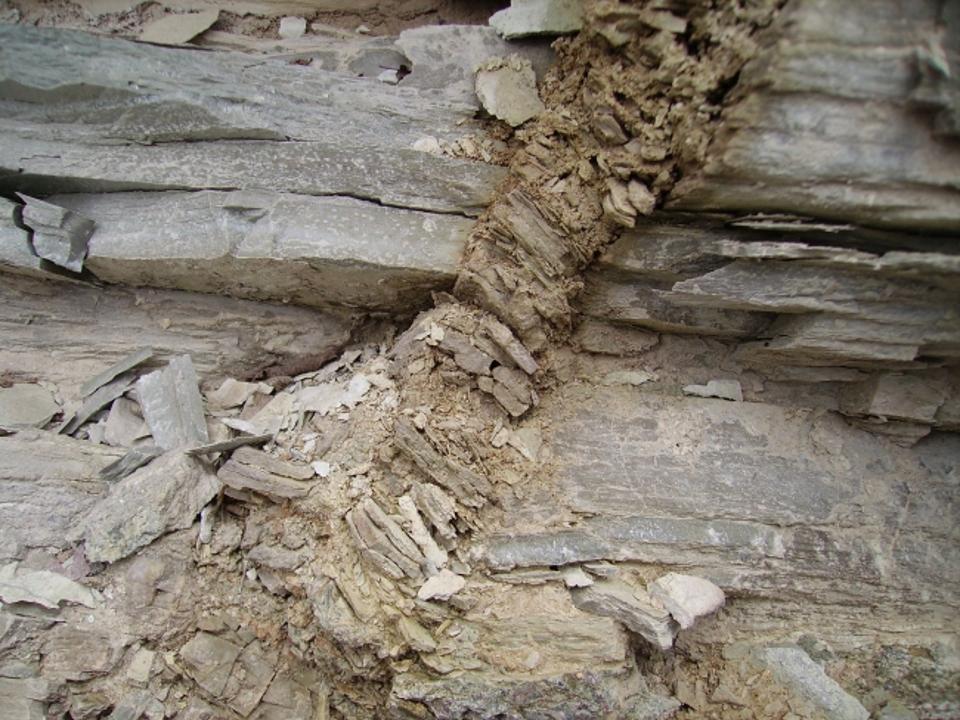Earthquakes May Improve The Possibility Of Extraterrestrial Life – In the Star Trek episode “The Devil in the Dark,” the crew of the Enterprise discovered a lifeform living deep within a rocky planetoid. Recent biological discoveries, geological and astronomical observations, and some mathematical calculations suggest that this fiction might be be science.
The bacterium Desulforudis audaxviator survives at 9,800 ft below Earth’s surface. It was discovered in 2008 in groundwater sampled in the Mponeng mine in South Africa. The environment here is hot (60°C) with a very high pH-value of 9.3. Nutrients are also very limited. Basic nutrients, like nitrogen and sulfate, come from the rocks, carbon from other dead bacteria. But the largest problem deep within Earth is to find a reliable source of energy. On Earth’s surface, plants and bacteria can rely on sunlight or hot springs and vents. But sunlight is not available underground and hot spots are relatively rare in regions where the crust is especially thick (continents are very old, thick and cold parts of the crust).
However, the rocks themselves provide an energy source. Radioactive elements are widespread in Earth’s crust. In almost all rocks, but especially magmatic and metamorphic ones, traces or Uranium and Thorium can be found. The slow decay of these elements causes radiation that splits water into hydrogen and oxygen. The free hydrogen is used then by Desulforudis to reduce minerals (like pyrite) or gases (like methane) present in the rocks and so gain free electrons, which are then used by the organism to feed chemical reactions necessary to sustain life.
This peculiar feeding habit opens fascinating possibilities for life outside planet Earth. Studying faults visible on the Outer Hebrides (a group of islands off the coast of Scotland) a team of geologists noted that fluids and chemical reactive elements, like free hydrogen, are very abundant in fault zones. During an earthquake the rocks are fractured in many pieces. The single fragments have in sum a large surface, where the radioactive elements are exposed. Fluids and water then flow in the more permeable fault zone. The radioactive decay in turn forms free hydrogen, which is entrapped in the new crystallized rock when the tectonic movements slow down. A recently published study argues that earthquakes can occur on any tectonically active planet, providing inside those faults a habitable zone for extraterrestrial microorganisms. It’s also intriguing to consider that large impacts can shatter rocks and cause local movements of a planet’s crust. Even on geologically inactive planets faults, caused by impacts, could provide a safe place for microorganisms to thrive.

Lifeforms feeding on free hydrogen could also survive on very small planetary bodies, like asteroids and comets. According to simulations done by astrophysicist Dimitra Atri, high-energy cosmic radiation, strong enough to penetrate deep into an asteroid or comet, could form the rocky material necessary to provide the hydrogen and so feed the lifeforms.
However there is a large inconvenience. This feeding mechanism is not very effective and metabolic rates in space would be extremely low. Also any lifeform would need a very effective mechanism to repair damage done by the cosmic radiation to its genetic material. Both factors would severely limit evolution and it’s very improbable that more complex lifeforms would exist under such circumstances. However, microbes traveling and surviving inside asteroids or comets could act as seeds, spreading life throughout the universe.





Life can grow, change, and develop in more fantastic ways than human beings can imagine. To deny the existence of life beyond this world is as ignorant as people believing our world is at the center of everything.